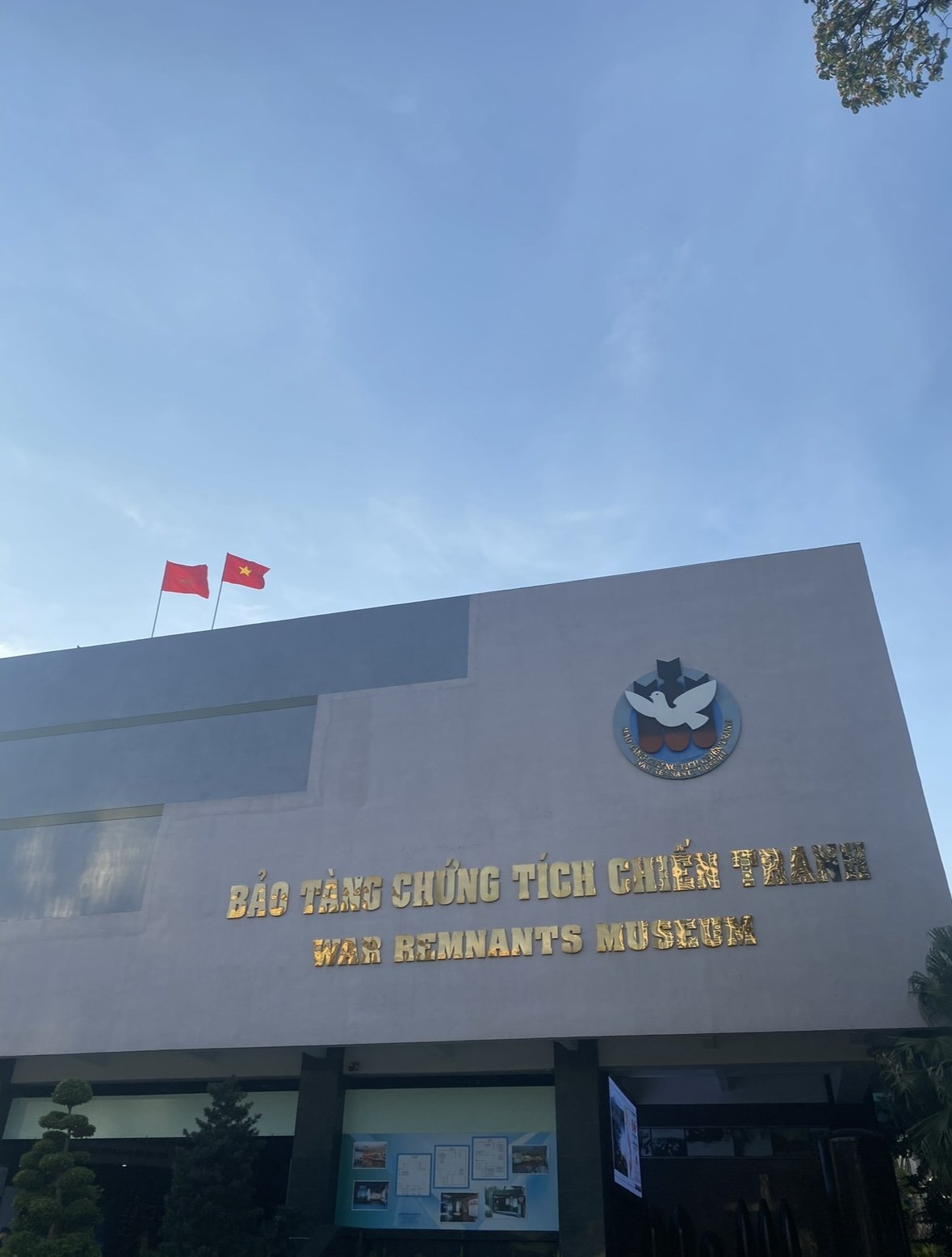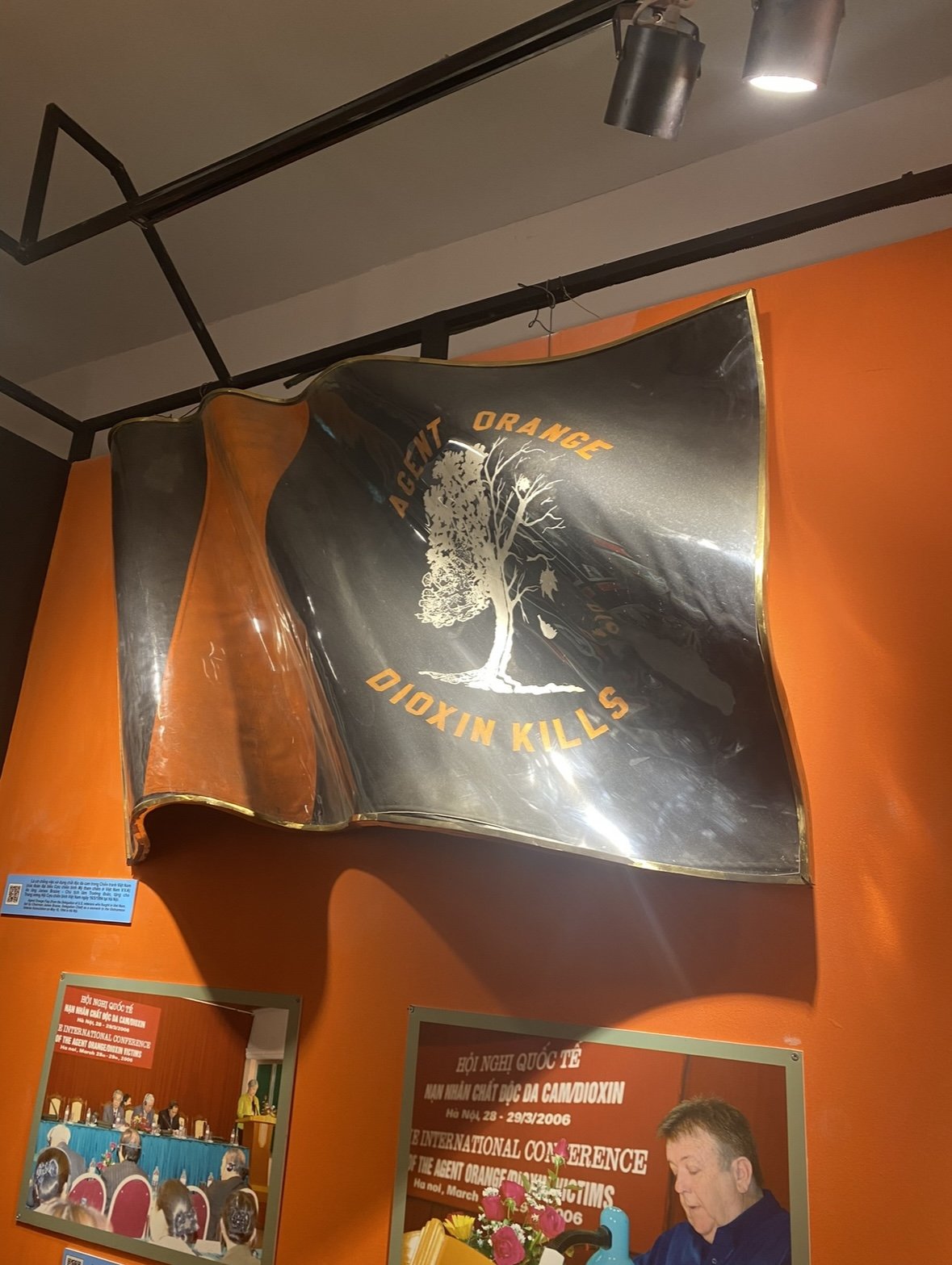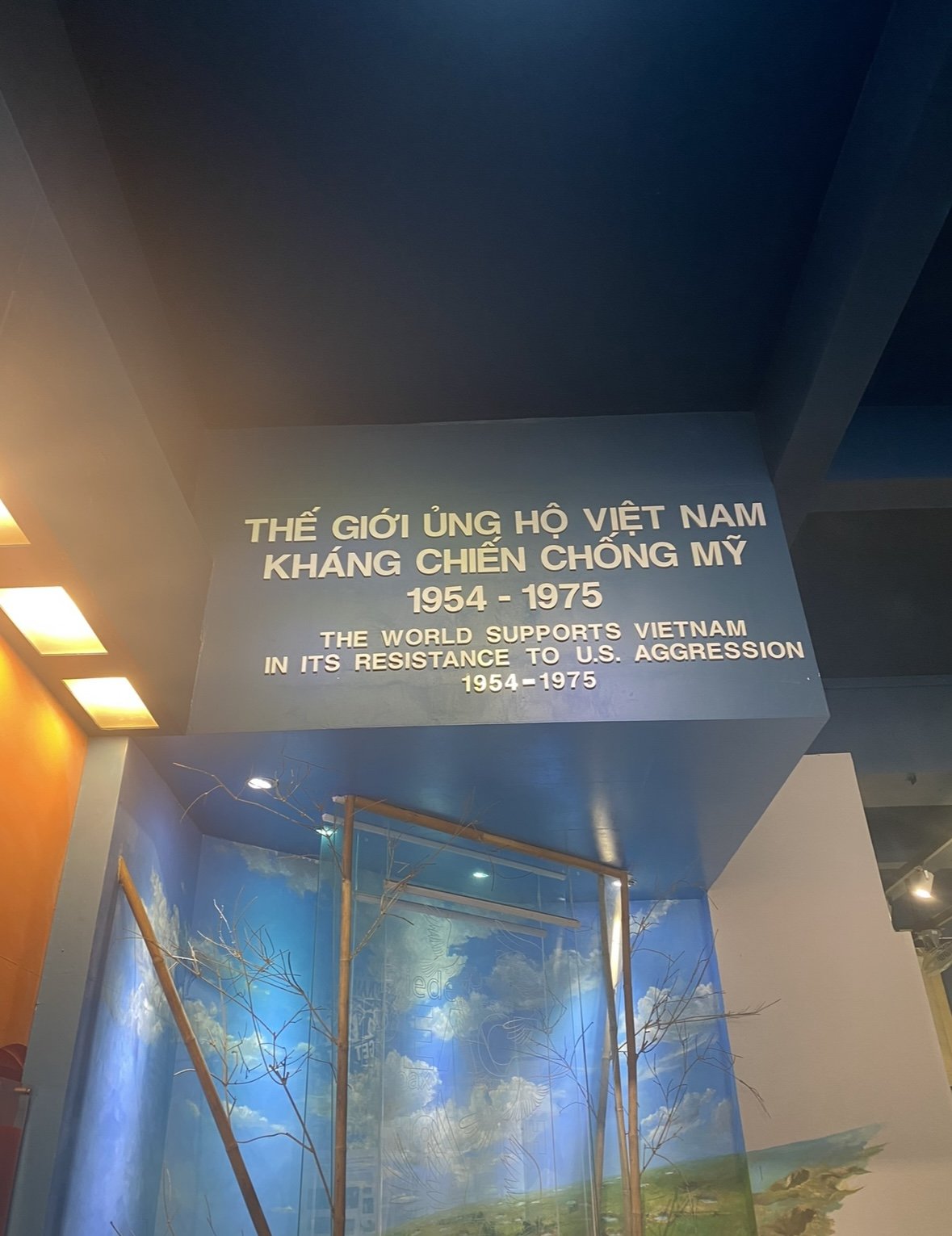Beyond Ho Chi Minh City & Back in Time: Cu Chi Tunnels and War Remnants Museum
The Vietnam War. From 1955 to 1975 a brutal conflict between the communist government of North Vietnam against the government of South Vietnam took place across Vietnam, Laos and Cambodia. The human cost was immense. More than 2 million civilians were killed. And some 1.1 million North Vietnamese and Viet Cong soldiers, 250,000 South Vietnamese soldiers, and 58,000 US soldiers are estimated to have been killed in action. Soldiers from South Korea, Thailand, Australia and New Zealand also lost their lives in the conflict.
While many travellers are attracted to modern Vietnam for its backpacker circuit and natural beauty, there are thousands of others who visit Vietnam seeking to learn more about its turbulent past. Today was the first on my journey across Vietnam that would be dedicated to just that. For my previous day in Vietnam check out Ho Chi Minh & Mekong Delta: Touch Down in Vietnam.
Full disclosure: I am not an expert, just an interested traveller sharing my experiences of the world. There are many informative videos online to learn more about the Vietnam War. Here's one I recommend to get you started.
Cu Chi Tunnels: Descending into History
Departing Ho Chi Minh City we met our guide for the day - a Vietnam War Veteran from south Vietnam who was a translator for the U.S. Army during the war. When we met Lê I remember feeling shocked. The sights he had witnessed during his lifetime were unimaginable and I felt humbled in his presence. There were so many questions whizzing around my mind.
Around an hour outside of Ho Chi Minh City a historically important site that was central to the Viet Cong's victory can be found: the Cu Chi Tunnels. Here, this complex network of underground tunnels is around 121km (75 miles) long and eventually connects to a much larger network across the country. Cu Chi was the headquarters for the Viet Cong during the war. Its tunnel network allowed the Viet Cong to master the art of ambush attacks, lay booby traps for unsuspecting American soldiers and move around supplies. Makeshift hospitals, accommodation and wells enabled the Viet Cong to stay underground hidden from their enemy. Now transformed into a visitor complex the Cu Chi Tunnels provide important insights into what life was like during this horrendous period.
While this underground network was vital to supporting guerrilla warfare, it's easy to get a sense of how difficult life underground was at the time. There was a huge risk to spending long periods of time in the tunnels. Lack of oxygen, the darkness, venomous animals, and both the enemy presence and bombing above made the tunnels an extremely hostile environment. The Cu Chi Tunnels are a testament to the Vietnamese people's spirit and courage to fight for their country. It is staggering that the Viet Cong persevered with these conditions for so long. But when you are fighting for your country's freedom, is it really a surprise? You can learn more about the Cu Chi Tunnels here.
Experiencing Cu Chi Tunnels Myself
There is a small 100m section of tunnel that has been made wider to accommodate tourists. Despite the alterations it remains a tight squeeze and you must squat to walk forwards. As it twists and turns in a confined space with little light, I found it unsettling to move on. Just a few months before I had squeezed into one of Great Pyramids of Giza, but this felt like another level of confinement.
Unfortunately I decided to bail just 20 metres shy of the end. I wish I could have carrier on, but it was all too much. I cannot imagine the fear these people felt when they were down in the tunnels. You can read history books and watch documentaries, but being there in that reconstructed tunnel gave me another level of respect for these people and deepened my appreciation of what they endured during the war.
At the site there are also examples of the many booby-traps the Viet Cong set for American soldiers. All were simple in design but deadly in action. With little resources the Viet Cong were able to devise effective traps. Throughout the site you can also find various diaramas re-imagining Viet Cong life, such as their armoury whether they recycled unexploded U.S. bombs.
For the South Vietnamese army, it's main ally the United States, and other supporters across Australia and New Zealand, infiltrating the Cu Chi Tunnels was one of the most unenviable jobs of the war. You can learn more about why being a Tunnel Rat was such a treacherous job here.
War Remnants Museum
On return to Ho Chi Minh City I visited the War Remnants Museum. For anyone interested in learning more about the War I recommend carving out 3-4 hours of your time for this museum. Purchase an audio guide at the entrance. Leave all opinions at the front door, wander around the exhibits (in order) and absorb everything. It is brutal. It is confronting. If you are a Westerner, it will challenge everything you ever thought you knew. It will make you feel uncomfortable. But it will open your eyes and allow you to see from a different perspective.
Within the museums walls there are what feels like thousands of photos that document the very grim realities of the Vietnam War. There are photos that you'll wish you could shut your eyes and forget, only to find that when you do shut your eyes, they are permanently etched in the darkness. You will feel anger, heartbreak and desperation. Photos of Agent Orange - the lethal herbicide sprayed by the U.S. Army to defoliate the jungle - victims will enrage you. It is a confronting experience. But one that is vital in informing understanding of the Vietnam War and its legacy on the country.
Across the street from the War Remnants Museum, formally known as the Museum of American War Crimes, there is a great local restaurant. It was nice to do something normal after an intense day. Sitting down with my bowl of chicken phó and coconut coffee seemed almost surreal.
There are people alive today who lived through this atrocity. They remember it well. They lost loved ones in the conflict - many of them barbarically. That in itself is a reason to feel lucky and fortunate. I remember texting my family to tell them I love them shortly after. At school I learnt briefly about the Vietnam War, but something about being in the country it happened, surrounded by artefacts and stories of that period brings it all home. Travel gives you that. And I'll forever be grateful for these opportunities to experience our world - the good, the bad and the ugly.






